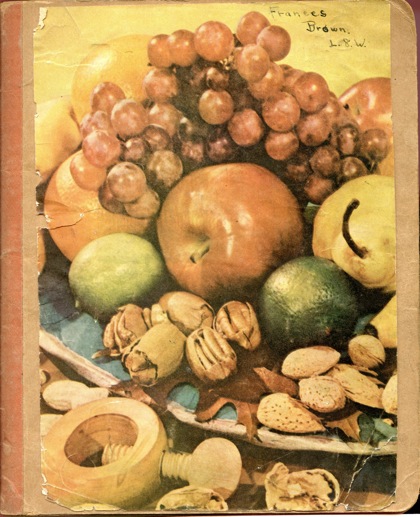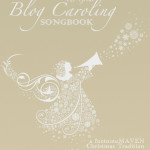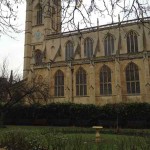
Sometimes you have to do a bit of snooping on the way to sleuthing.
By snooping, I mean that you just have to open your eyes to look at anything that comes along. Sleuthing seems to have a more defined goal and method, but snooping can pay off bigtime.
My Sweet Aunt Frances saved a lot of stuff. The fact that her home contained only one tiny trashcan under the kitchen sink and an even smaller one in the bathroom are evidence that she didn’t throw away much. She collected twisty-ties, rubber bands, and sugar packets, and crafted scratch paper from junk mail. Drawers were stuffed with old letters and cards, shirt boxes became repositories.
Obviously, she was a saver. For the family historian and genealogist, that’s all good news. People with the Saving Gene save most everything. If they saved paper clips, they probably saved photographs. If you need to tend to a Saver’s home, you might be in the enviable position of curating a superabundance of stuff.
My solution was to box it up, bring it home, and unwrap each box another time. So, when I have an extra few hours or especially miss Auntie I open a box and snoop around. I don’t do any serious preservation of artifacts, scanning, or archiving, that comes next. For now, I just read old letters, look at picture, and leaf through books and journals.
It might seem easy to separate the treasures from the trash, but it’s not. Soon you come across the wedding guest book and wonder what to do with it. You get tired, and the old calendars and datebooks seem less important. The family photos are set aside to save, but what about the vacation albums and loose slides? Trash or treasure?
A few weeks ago I came across Auntie’s home economics notebook. It looked familiar because I was required to compile almost the same book when I was in high school home economics. Nothing changed very much. It was a school assignment, overall insignificant, but I set it aside and later decided it might be a fun project to create a reproduction copy. With budget cuts in California schools, home economics is becoming a dim memory. As I scanned the pages, I decided it would be even more interesting if I could add some kind of context to the book.
Frances Louise Brown was 13 years old when she assembled the book. Her careful and beautiful penmanship testifies to a careful and good student. She carefully recorded the due dates for the book, noting extra credit points available for turning it in early. She included a Table of Contents and “My Half of Notebook” filled with recipes and clippings of foods, dishes, and products. I would say she was a bit of an overachiever!
I learned all this from the notebook. To know more about teenage Franny, I had to go into my grandmother’s photos and letters. Snooping led to sleuthing and now I am putting together the clues that tell the story of Franny’s Foods Notebook.
I’ll be back with Part 2, and more photos to share.
P.S. My inspiration for this project was planted by Denise Olson’s eBook The Future of Memories. You are missing a treat, if you haven’t read it yet.






I'm checking out Denise's book. thanks for the tip! As you know I'm in the same position as you – right down to the twist-ties,rubber bands and plastic margarine tubs (oops you didn't mention those!) LOL
Anyway, I've collected up some of my parents school papers and notebooks too and it's interesting to compare then and now with my kids.